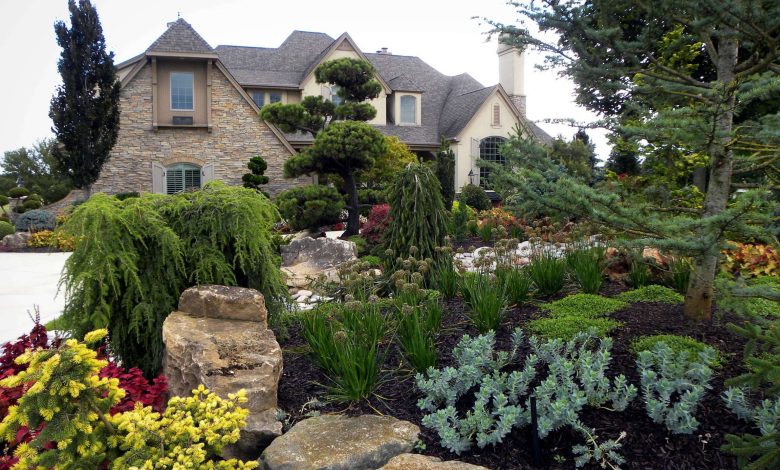
18 Top Pom Pom Tree Landscaping Ideas 2024
Pom Pom Trees: A Playful Touch for Your Landscape
Pom pom trees, also known as topiary trees, add a touch of whimsy and sculpted beauty to any landscape. These trees are meticulously pruned into perfect spheres, creating a delightful contrast with the natural, flowing lines of other plants. Whether you’re looking for a focal point in your front yard or a conversation starter in your backyard, pom pom trees offer a unique and charming option.

There are several popular choices for pom pom trees, each with its own advantages:
American Boxwood: A classic choice, known for its dense, evergreen foliage and ability to withstand shaping.

Planting and Maintaining Your Pom Pom Tree
When choosing a location for your pom pom tree, consider factors like sunlight, soil drainage, and mature size. Most pom pom trees prefer full sun and well-draining soil. Amending your soil with compost before planting can ensure proper drainage and provide essential nutrients.

Here’s a basic guide to planting and caring for your pom pom tree:
1. Dig a hole twice the width of the root ball and slightly deeper.
2. Gently remove the tree from its container and loosen any circling roots.
3. Place the tree in the hole and ensure the root ball sits level with the surrounding soil.
4. Backfill the hole with the removed soil, tamping it down gently to eliminate air pockets.
5. Water the tree thoroughly and keep the soil consistently moist during the first growing season.

Regular pruning is essential to maintain the perfect pom pom shape. The ideal timing for pruning depends on the specific tree variety, but generally, it’s best to prune in late spring or early summer.
Designing with Pom Pom Trees
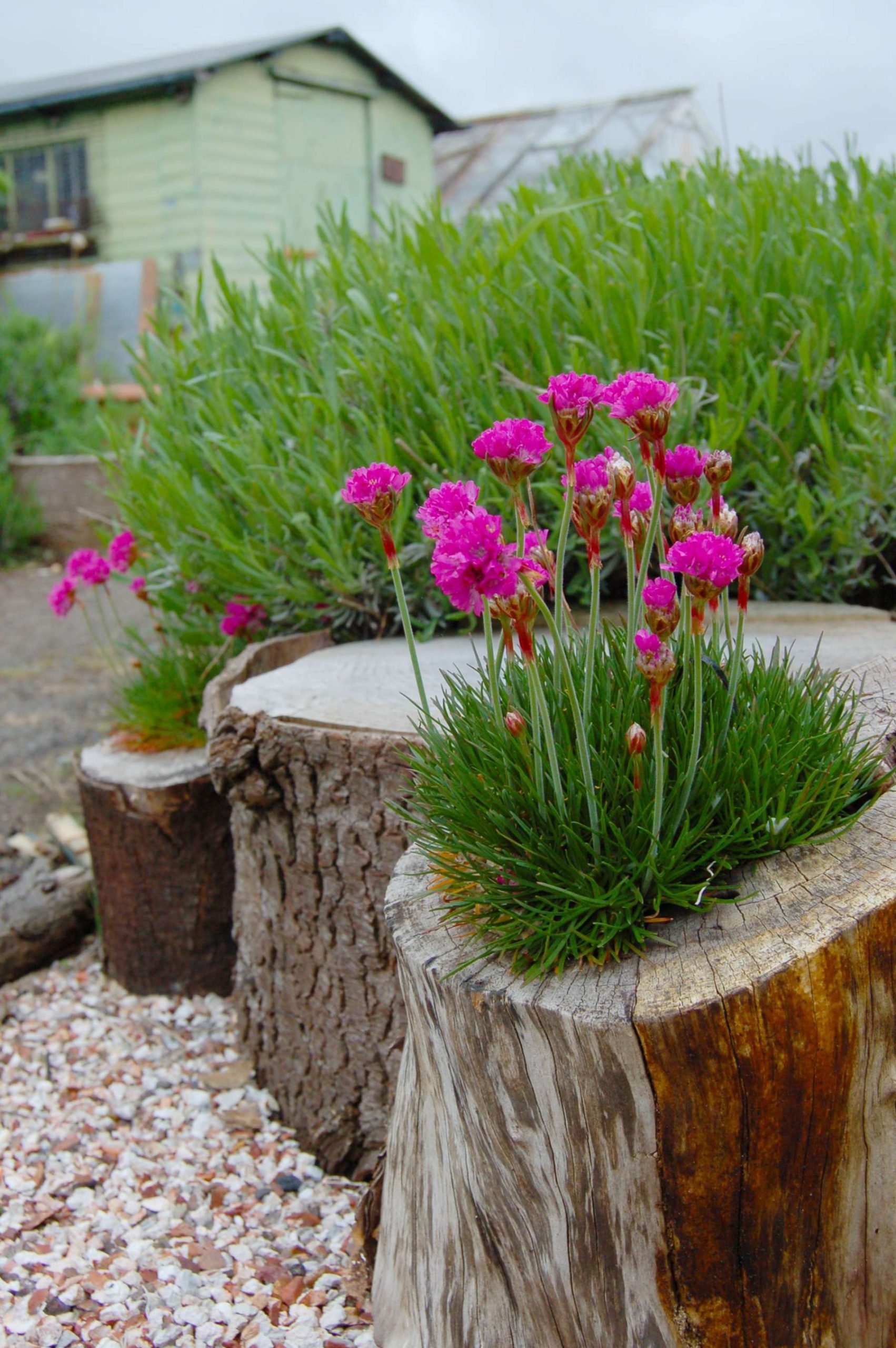
Pom pom trees can be incorporated into your landscape in various ways:
Focal Point: Plant a single pom pom tree as a central feature in your front yard or garden bed.
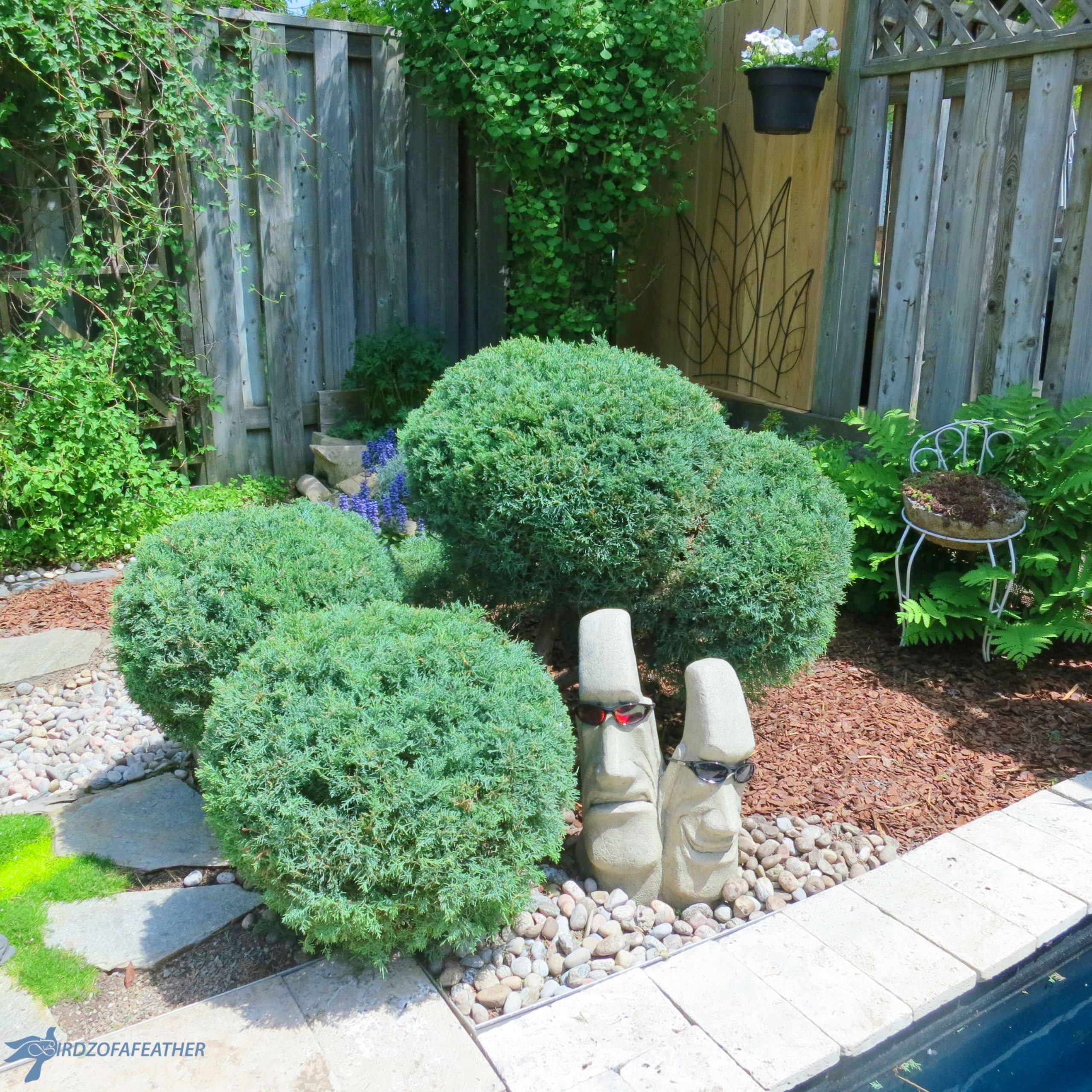
When designing with pom pom trees, consider using complementary plants to add texture and color. Cascading flowers like petunias or trailing vines can soften the structured look of the pom poms. Low-growing shrubs can create a base layer and define the planting area.
Conclusion
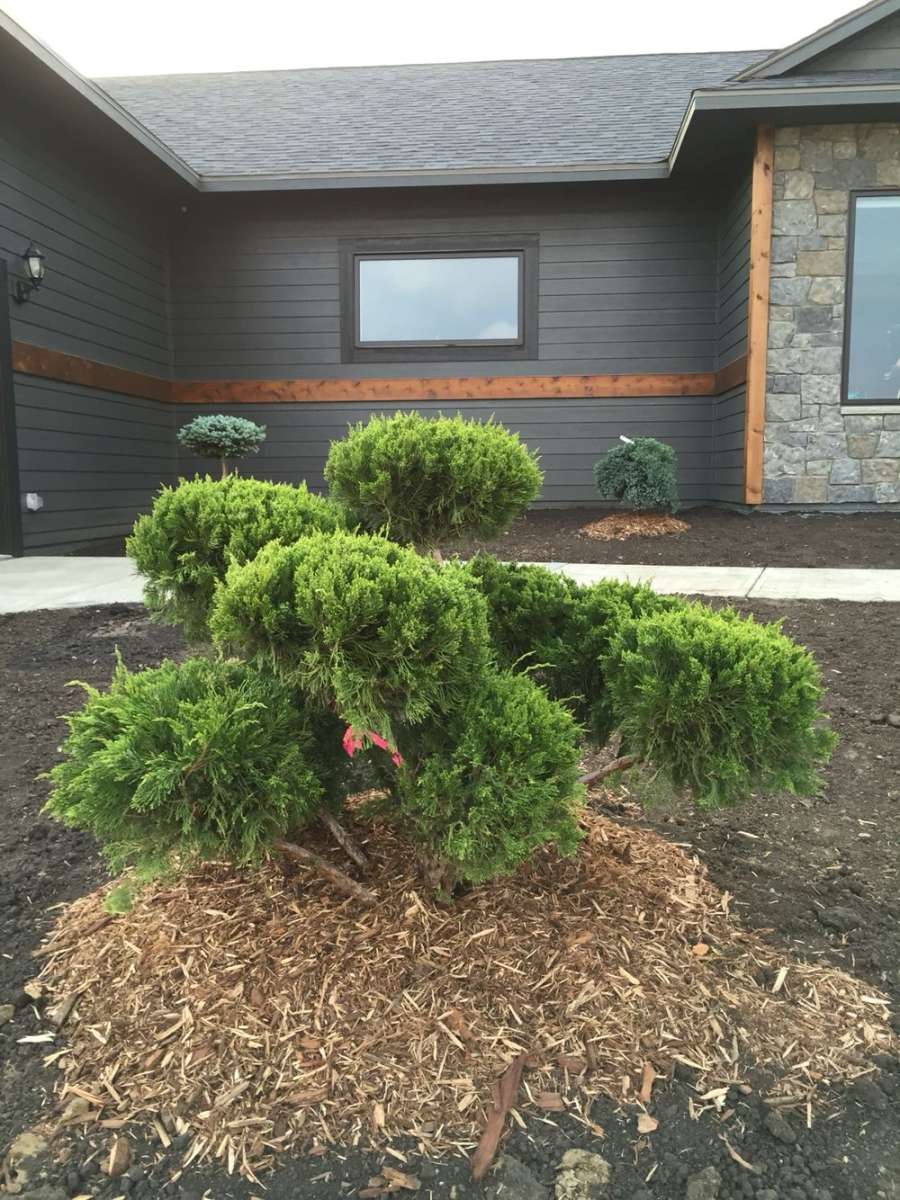
Pom pom trees offer a unique and playful way to elevate your landscape design. With proper care and creative planning, these charming trees can add a touch of whimsy and visual interest to your outdoor space.
Pom Pom Tree FAQs

The frequency of pruning depends on the growth rate of your specific tree variety. Generally, one to two light prunings per year are sufficient to maintain the shape.
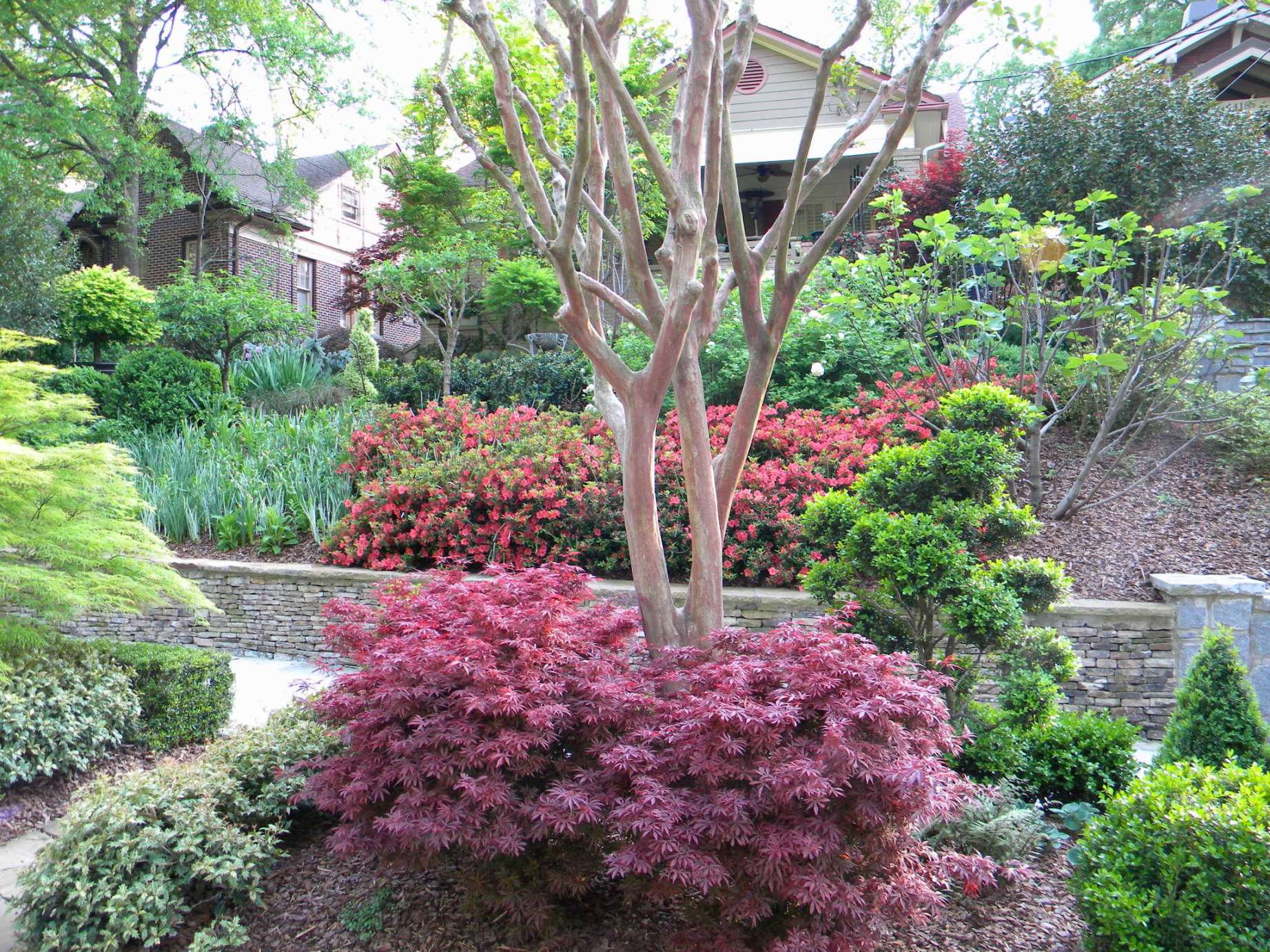
Yes! You can start with a young, healthy tree with a bushy growth habit. Prune it regularly to encourage a spherical shape. However, achieving a perfectly round pom pom requires patience and practice.

The cost of a pom pom tree depends on the size, variety, and maturity. Generally, mature, pre-shaped trees will be more expensive than younger ones.
Slower-growing varieties like Japanese Holly require less frequent pruning. Alternatively, consider dwarf pom pom trees in containers for a low-maintenance option.
Choose a pom pom tree variety that thrives in your specific climate zone. Evergreen varieties like boxwood are more versatile, while deciduous options like crape myrtle may not be suitable for colder regions.





